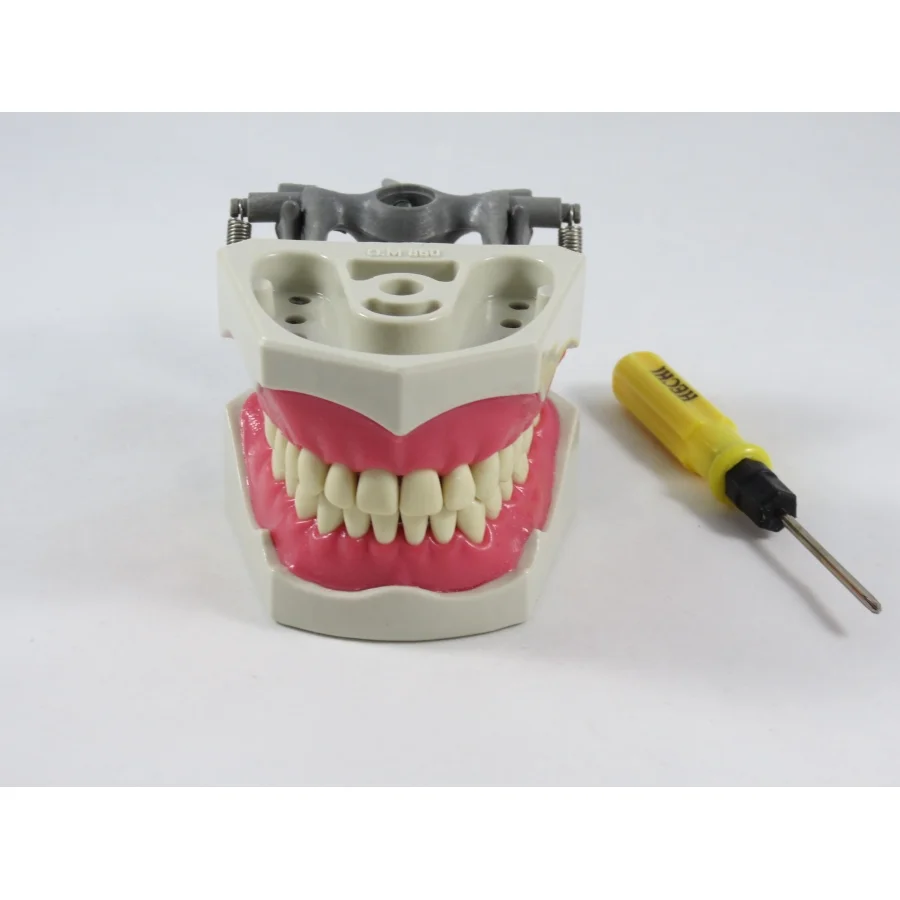For many students, dental school provides the most challenging, humbling and stressful academic experiences of their lives. At the same time, it can be extremely rewarding to watch yourself transition into a practicing clinician. Somewhere between the lectures, tests, patient encounters and graduation requirements lies a special mixture that gives you the right to go by the title "doctor."
Like medical school, most dental schools are four year programs split between traditional classroom learning and clinical experience. Dentists-in-training take classes that cover the entire human body- not just the teeth. This lays a foundation for treating patients with all types of medical conditions, disabilities and special needs. Furthermore, the first two years of dental school always have a patient simulation component. Here, students work on mannequins in a lab to learn the basics of removing cavities, placing crowns and other dental procedures. One of the biggest challenges during this time is balancing studying, lab courses and your own personal time.
However, the most daunting challenge in dental school (and any health education program) is transitioning to the clinical years. Treating actual patients comes with huge psychological, emotional and educational hurdles. No amount of training can prepare you for the reality of being responsible for another human being's health. As students treat patients, they are very closely monitored by school faculty. While this ensures patient safety, it can also make the appointments much longer than private practice. If you are planning on being seen by a dental student, be prepared to wait!
Beyond dental school, many students elect to attend a residency program. These can range from one year (general practice residency) to six years (DDS/MD oral surgery programs). Here, students learn more advanced techniques and get experience practicing on medically compromised patients. After residency, license renewal requires dentists to take frequent continuing education classes. These courses cover everything from clinical refreshers to cosmetics and even surgical techniques. The educational process never stops! If you would like to know more about what it takes to become a dentist, feel free to give our office a call.






